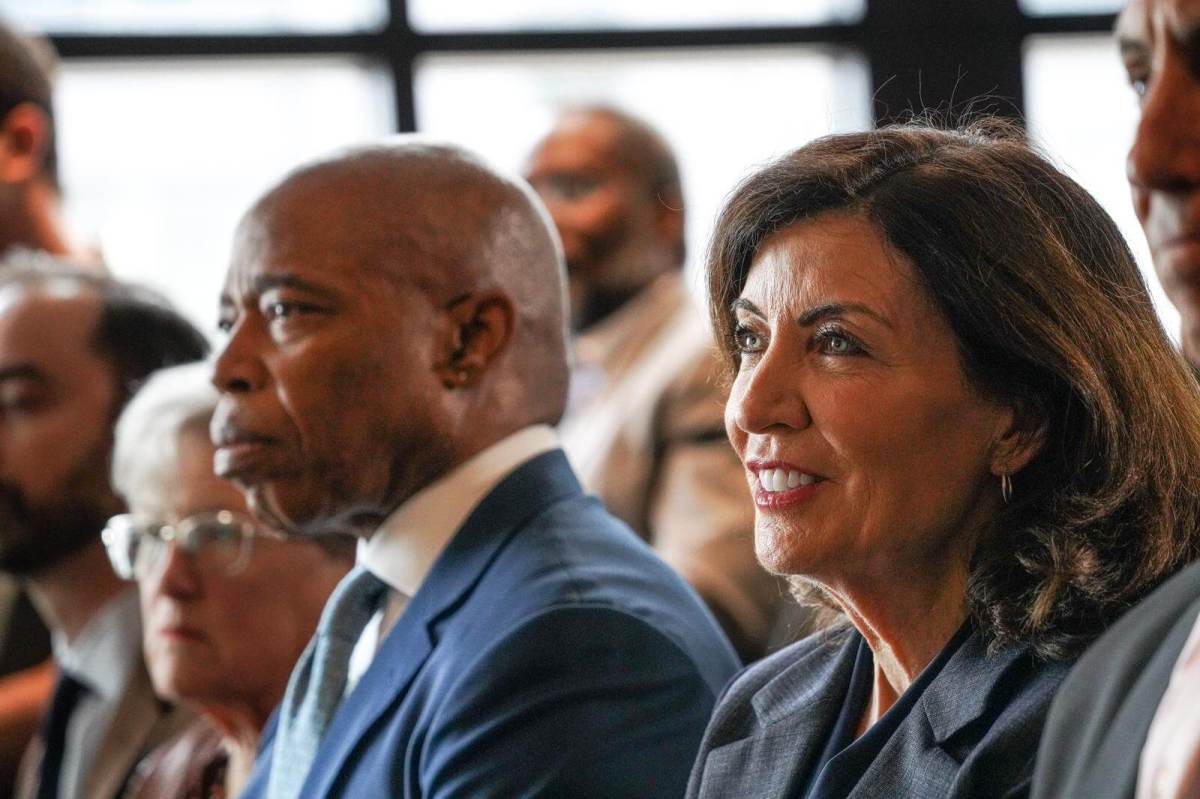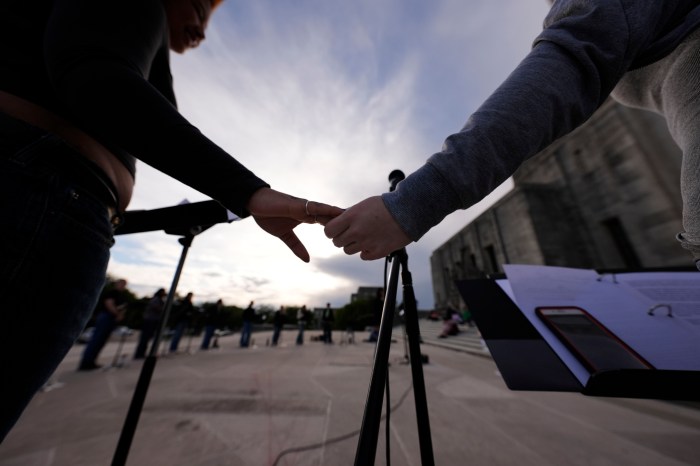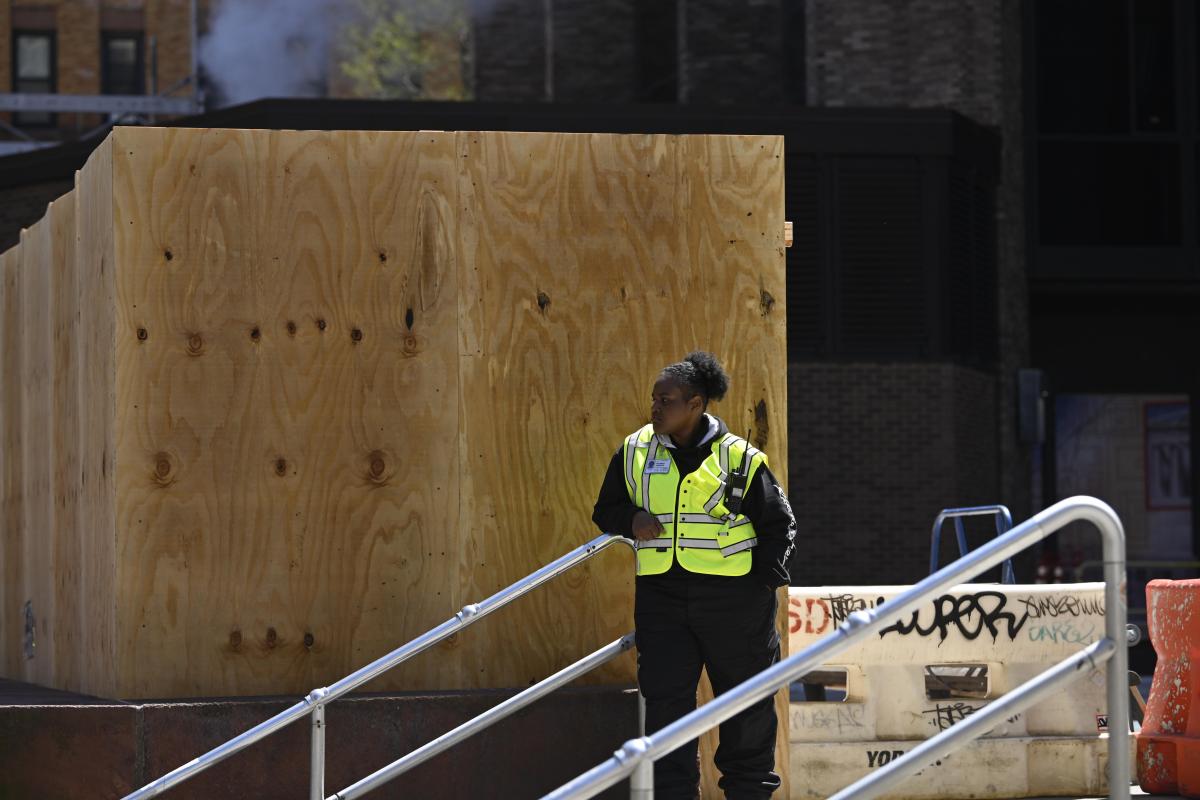OTTAWA – For the first time in Canada’s history, visible minorities have surpassed the five million mark as a new wave of immigrants from Asia is changing the face of Canada at a staggering rate, according to new census data released Wednesday by Statistics Canada.
Visible minorities now comprise more than 16 per cent of the total population as their number skyrocketed by 27 per cent between 2001 and 2006, more than five times the previous increase of 5.4 per cent.
The sharp growth in the visible minority population was largely due to the fact that three-quarters of new immigrants to Canada since 2001 were visible minorities, analysts said.
South Asians, those who hail from such countries as India, Pakistan and Sri Lanka now slightly outnumber the Chinese, who were identified as the top visible minority group in 2001, the last time the census was taken.
Nearly 1.3 million people identified themselves as South Asian in the 2006 census – a 38 per cent jump over 2001.
South Asians now account for a quarter of all visible minorities in Canada, or four per cent of the total population. Those with roots in China comprise about another quarter of the country’s visible minority population, with some 1.2 million identifying themselves as Chinese.
That marks an 18 per cent increase over 2001 and accounts for 24 per cent of the visible minority population and 3.9 per cent of the total population.
Blacks, Filipinos, Latin Americans, Arabs, Southeast Asians, West Asians, Koreans and Japanese round out the Top 10 visible minority groups – a list that’s relatively unchanged since 2001.
Should current immigration trends continue, Statistics Canada predicts one in five Canadians will be a visible minority by 2017, when the country turns 150 years old.
Canada’s largest centres have always had a vibrant Chinatown, a quaint Little India or even a colourful Portugal Village, but it’s no longer necessary to venture into one of these ethnic communities to witness the mosaic that’s becoming ever present on the country’s big-city streets.
In fact, according to the census, 96 per cent of the visible minority population live in a metropolitan area compared with 68 per cent of the total population.
But the better life immigrants to Canada come in search of remains elusive to many visible minorities who face language barriers, discrimination, culture shock and the rejection of foreign credentials.
That’s despite the fact that visible minorities are more likely than non visible minorities in Canada to have a post-secondary education.
Vihang Bhatt came to Canada from India about seven years ago to study information technology at a downtown Toronto technical school.
He got his citizenship in 2006 after he “fell in love” with the country and credits his made-in-Canada education with helping him first secure a job at Dell before venturing out on his own six months ago to launch a video game production company.
But the 32-year-old said life’s been much more difficult for his wife Bhavi Pathak who later joined him from India.
Despite a master’s degree in computer science which she acquired in India, in Canada she works as a travel agent.
“At times it is frustrating because it’s not her chosen field,” Bhatt said.
“Maybe if Canada can start recognizing past experience that would help but, of course, they are very clear on one thing and that is get a Canadian education, get some kind of work experience here”.
Statistics Canada collects information on ethnic minorities for use under federal employment equity legislation. Employers often use the data as a benchmark to assess their workforce and whether it measures up to labour laws, analyst Tina Chui said.
But while the legislation is a positive step towards levelling the employment playing field for women, the disabled, aboriginals and visible minorities – at least in the public service and in other federally regulated jobs covered under the act – its implementation has been a “great disappointment,” according to Canadian Race Relations Foundation executive director Ayman Al-Yassini.
“We see evidence that the hiring of members of racialized communities in the public service is decreasing,” he said in an interview from Toronto.
“The public service needs to exert greater accountability measures at all levels of the pubic service to ensure that the act is implemented and that there will be zero tolerance for lame excuses why we didn’t hire more members of visible minorities.”
Even the president of the Public Service Commission of Canada acknowledged in her November 2007 report to the Senate Standing Committee on National Finance that the federal public service “continues to have under-representation of visible minorities.”
In fact, Maria Barrados said the recruitment of members of racialized communities dropped from 9.8 per cent to 8.7 per cent between 2006 and 2007.
And for visible minorities who manage to hone in on what positions are actually available, complete the necessary paperwork and get through the often complicated application process, getting in the door is often just half the battle.
Once in, many face a “glass ceiling” in terms of movement up the corporate ladder, Al-Yassini said.
“The last time I looked, very few visible minorities make it beyond the first few rungs of a company,” added Phani Radhakrishnan, a lecturer on workplace diversity at the University of Toronto.
Medical professionals are often forced into service jobs because their credentials are not recognized in Canada, while cultural differences present a barrier for many who, for example, are far too modest to engage in shameless self-promotion as a means of getting ahead, Radhakrishnan suggested.
And while statistics show visible minorities tend to be employed at a similar rate as the general population, Al-Yassini suggested many are underemployed and relegated to low-paying service jobs.
Given Canada’s shrinking homegrown birthrate, the country is expected to rely more heavily on immigration in the coming years and a growing number of employers are beginning to recognize the unique contribution visible minorities can make.
Accounting firm Ernest and Young Canada has been recognized with numerous awards for its hiring practices.
A quarter of the company’s staff are new immigrants, while nearly one third are a visible minority, “inclusiveness leader” Jeannine Pereira said.
The unique human resources job title is indicative of the company’s commitment not just to building a more diverse workforce that’s reflective of Canada’s multicultural reality, but also towards creating a welcoming work place where all can reach their full potential, she said.
Still, there are employers who continue to discriminate and remain culturally insensitive according to Shahina Siddiqui, president of the Winnipeg-based Islamic Social Services Association.
Citing the story of a Muslim woman with a master’s degree who was told by a job placement agency that she would have little success finding work if she refused to shake the hand of her potential male employer, Siddiqui said employment opportunities are becoming harder to find, not easier, particularly for Muslims in Canada.
“We go out recruiting people for immigration and we say we need doctors and we need this and we need that, but we never tell them how difficult things are going to be once they get here,” Siddiqui said.
“That’s a recurring thing that we are hearing from people – that it’s a rude awakening once they get here.”
Even second and third generation Muslims are facing discrimination, she said, recalling a story about two teen girls who decided to conduct an experiment of sorts.
A teenage girl wanted a job at a clothing store and managed to secure several interviews, Siddiqui said. But when she arrived wearing her hijab she was always told the position had been filled.
At one point she and a Muslim friend who did not wear a head scarf decided to apply for the same sales job just to see what would happen.
“When she went in: ‘Oh no the job is full.’ When her friend went in, the job was available,” Siddiqui said.
“These are kids who are born and raised here so it bothers them extremely.”
Ever since the events of Sept. 11, Siddiqui said Muslims in Canada also feel they’re unfairly being made to respond to any and all conflicts involving the Islamic world.
“There is this growing perception of Canada not being Muslim friendly,” she said.
“They feel that because there is bias, or perceived bias, that they cannot really access services that others can or that they should not access services others can because they will be profiled. There could be one case but it becomes a collective.”
Just as social service agencies must learn to be more culturally sensitive, newcomers must be briefed on Canadian culture, she said. Everything from the consequences of filing a police report to the manner in which one might contact their member of parliament, are in many cases foreign concepts to new immigrants.


















